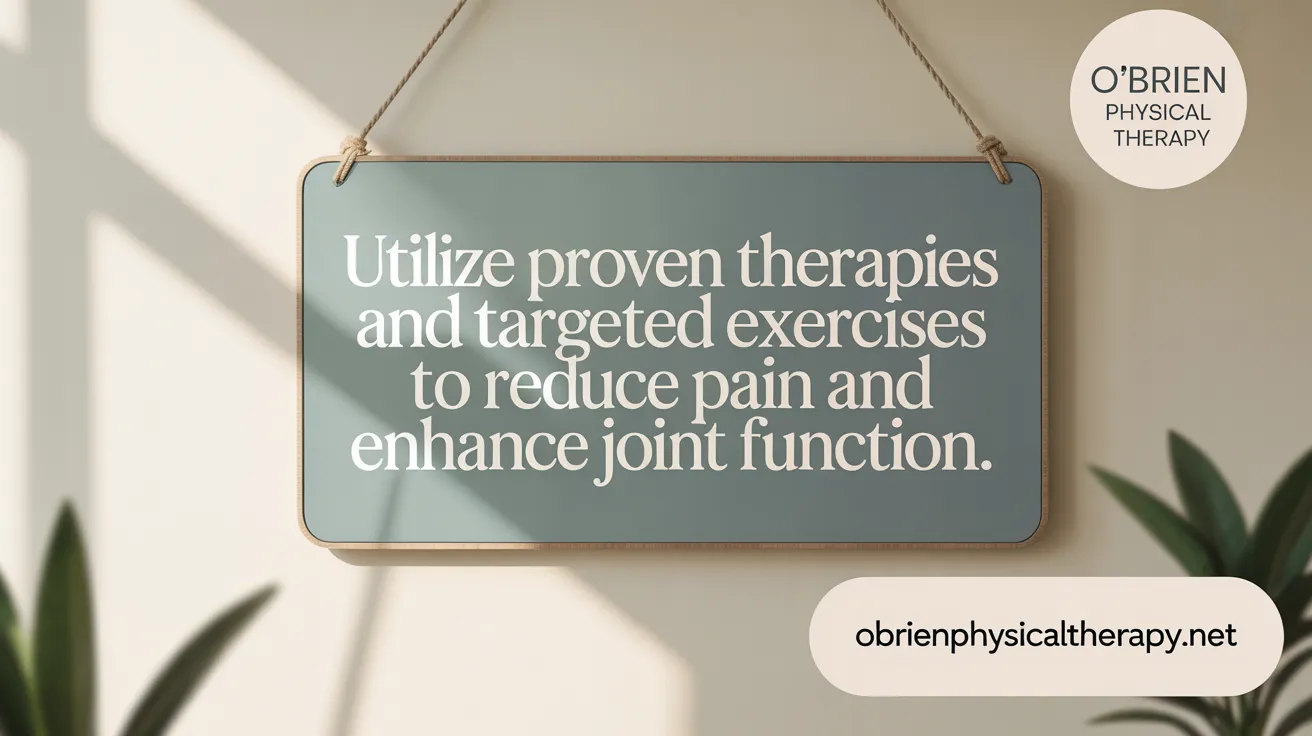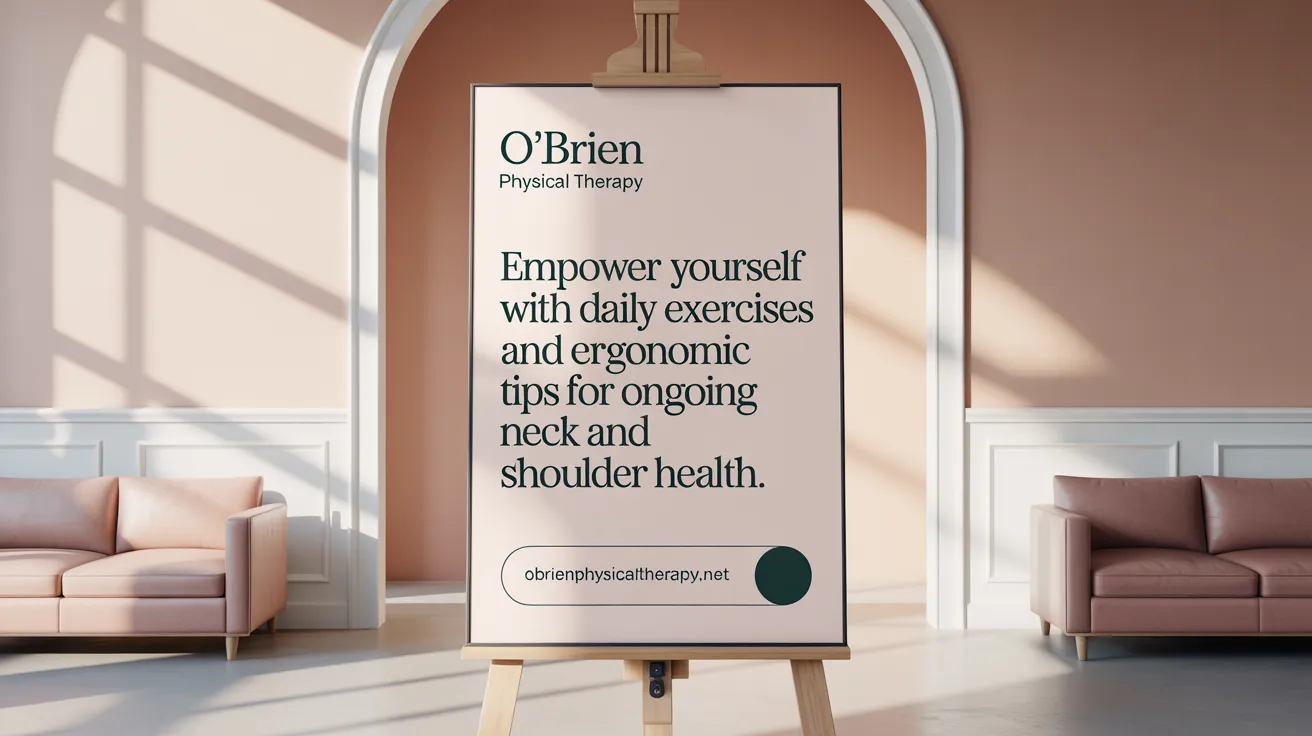Understanding Neck and Shoulder Tension and Its Impact
Causes and Prevalence of Neck and Shoulder Tension
Neck and shoulder tension is a common complaint affecting individuals of all ages in La Crosse, Wisconsin, and beyond. It can result from various causes, including poor posture, muscle strain from prolonged sitting or overuse, injuries such as whiplash or rotator cuff tears, degenerative conditions like osteoarthritis, and nerve compression. Studies indicate that about one-third of people experience neck pain annually, and shoulder issues affect 18% to 26% of adults at some point.
Common Symptoms and Effects on Daily Life
Symptoms often include aching or sharp pain, stiffness, restricted movement, headaches, weakness, numbness, or tingling sensations radiating to the upper extremities. These symptoms can significantly impair daily activities, making routine tasks uncomfortable and limiting mobility. People suffering from such tension often experience challenges in maintaining proper posture and performing work or leisure activities.
Importance of Addressing Neck and Shoulder Pain Proactively
Proactive management of neck and shoulder tension through targeted physical therapy is crucial for preventing symptom worsening and long-term impairment. Early intervention, including specialized exercises, manual therapy, and education on posture correction, supports pain reduction and restores function. Addressing these issues promptly improves quality of life, enhances mobility, and helps avoid more invasive treatments like surgery. Engaging with healthcare professionals ensures individualized care tailored to specific needs and promotes sustained recovery.
Comprehensive Rehabilitation Services for Neck and Shoulder Tension in La Crosse

What types of rehabilitation services does the clinic offer?
Our clinic in La Crosse provides a range of personalized rehabilitation services targeting neck and shoulder tension. These treatments focus on improving mobility, alleviating pain, and enhancing overall wellness.
Physical therapy addresses various conditions including neck and back pain, joint injuries, neurological dysfunctions such as stroke and Parkinson's disease, and sports-related injuries. We design individualized treatment plans featuring therapeutic exercises, activity training, and manual therapy techniques to restore function.
Additional services include aqua therapy and the use of assistive devices, such as canes or walkers, to support safe mobility during recovery.
Specialized rehabilitation programs cater to women’s health issues and occupational injuries, ensuring tailored care for diverse patient needs. Outpatient and hospital-based options provide flexible treatment environments.
Beyond recovery, we offer injury prevention education and performance training to help patients maintain physical health and reduce the risk of recurrence. This comprehensive, evidence-based approach underpins our commitment to empowering patients in La Crosse to achieve long-term pain-free function and active living.
Evidence-Based Treatments and Therapeutic Exercises to Alleviate Pain and Improve Function

What evidence-based treatments are used by the clinic?
At our clinic in La Crosse, Wisconsin, we utilize a comprehensive range of evidence-based neck pain treatment and manual therapy techniques including soft tissue mobilization, joint mobilization, and other hands-on physical therapy techniques, which help reduce pain and restore joint mobility. These hands-on approaches are complemented by therapeutic modalities such as ultrasound therapy for neck pain and electrical stimulation therapy to decrease inflammation, promote tissue healing, and alleviate pain.
Which specific neck and shoulder exercises are beneficial?
Targeted exercises play a vital role in therapy. Commonly prescribed are chin tucks for neck pain, which improve neck posture and reduce strain. Shoulder blade squeezes enhance scapular stability crucial for shoulder function. Strengthening rotator cuff muscles through controlled exercises like isometric rotations and side-lying external rotations helps prevent impingement and maintain shoulder integrity. These exercises are designed to be gradual, safe, and adaptable to individual needs, forming an essential part of the rehabilitation process.
How do ultrasound and electrical stimulation contribute to pain relief?
Ultrasound therapy mechanisms for pain relief uses sound waves to gently heat tissues beneath the skin, increasing blood flow and promoting elasticity of muscles and tendons. Electrical stimulation involves applying mild electrical currents to stimulate muscle contractions, reducing pain and swelling while enhancing muscle re-education. Both modalities serve as effective adjuncts to exercise and manual therapy, accelerating recovery.
What lifestyle and postural education support long-term recovery?
Preventing recurrence is central to our approach. Patients receive education on maintaining proper posture, such as avoiding forward head positions and prolonged static postures which can exacerbate symptoms. Posture correction methods for neck pain and mindful daily movements with regular breaks from sitting are encouraged to minimize neck and shoulder strain. Patients also learn activity modification strategies and ergonomic workplace adjustments to support sustained musculoskeletal health. Empowering individuals with these tools encourages active participation in their care and promotes lasting wellness.
Specialized Rehabilitation Services: Focus on Women’s Health and Sports Injuries

What specialties does the clinic provide within its rehabilitation services?
Our clinic offers specialized rehabilitation focusing on women’s health and sports-related injuries. For women’s health, we address pelvic floor dysfunction, pelvic pain, urinary incontinence, and postpartum musculoskeletal concerns. Treatment approaches include manual therapy techniques, pelvic floor muscle exercises, and personalized exercise plans to support recovery and function.
In addition, we provide osteoporosis management employing weight-bearing and resistance exercises alongside fall prevention education to enhance bone density and strength.
In sports rehabilitation, we emphasize injury prevention, recovery, and performance optimization. Programs are individualized to meet the athlete’s specific goals and condition, incorporating strengthening, flexibility, and movement retraining.
This tailored approach benefits patients by improving quality of life, restoring functional performance, and promoting long-term wellness through evidence-based neck pain treatment designed for each individual’s unique needs.
Integrating Holistic Health Approaches for Sustained Wellness

How does the clinic incorporate holistic health services into its treatment plans?
The clinic in La Crosse, Wisconsin, integrates holistic health services by developing personalized physical therapy care that address not only physical symptoms but also overall well-being. This comprehensive approach combines evidence-based pain therapy with complementary therapies such as massage, yoga, and acupuncture.
Physical movement is a cornerstone of their strategy, with exercises and activities designed to improve circulation and regulate energy flow throughout the body. These practices also play a crucial role in enhancing mental health, helping patients manage stress and promote relaxation.
Massage therapy and yoga are employed to reduce muscle tension and improve flexibility, while acupuncture is utilized to stimulate healing and balance the body’s systems. Together, these services support recovery, prevent injury, and enhance long-term health outcomes.
Preventative education is emphasized to help patients avoid chronic pain and improve balance, which is especially important for older adults at risk of falls. The clinic’s approach facilitates early identification of mobility or postural imbalances, allowing intervention before more serious issues arise.
Patient empowerment and sustained wellness are fostered by encouraging active participation and self-care. This ongoing engagement ensures that recovery extends beyond the clinic, promoting independence and quality of life.
By seamlessly blending physical therapy with holistic treatments, the clinic provides robust, individualized care that supports lasting health and well-being for the La Crosse community.
Practical Exercises and Lifestyle Modifications to Manage Neck and Shoulder Tension

What daily neck and shoulder exercises can help improve strength and flexibility?
Incorporating specific neck pain exercises and physical therapy for shoulder pain into your daily routine can effectively alleviate tension and enhance mobility. Common exercises include neck rotations, chin tucks, side neck stretches, and shoulder blade squeezes. These movements work to gently stretch and strengthen muscles, supporting better alignment and reducing discomfort. For shoulder care, exercises like shoulder rolls, isometric shoulder rotations, and doorway stretches for pectoral muscles help maintain flexibility and muscle balance.
Why is posture correction and ergonomic adjustment important?
Maintaining proper posture is essential to reduce strain on neck and shoulder muscles. Correcting your posture helps redistribute weight evenly and prevents muscle overload caused by slouching or forward head positions common during computer use. Posture correction methods for neck pain and ergonomic workplace adjustments such as supportive seating, appropriate desk height, and screen positioning contribute to sustaining a neutral neck position, reducing the risk of pain and injury. These principles are emphasized in posture correction for neck pain and ergonomic workplace adjustments.
How do regular movement breaks and mindful stretching during prolonged sitting benefit neck and shoulder health?
Prolonged sitting can negatively impact neck and shoulder tissues by promoting stiffness and muscle fatigue. Taking regular breaks every hour to stand, stretch, and perform gentle neck circles lubricates joints and encourages circulation. Mindful movements, such as slowly turning the head side to side or performing the Child’s Pose stretch, relieve tension and help maintain range of motion.
What role does patient education play in preventing injury recurrence?
Patient education empowers individuals to understand their body mechanics and the importance of consistent self-care. Learning proper exercise techniques, recognizing early signs of strain, and knowing when to seek professional help are crucial for long-term relief. Education also emphasizes lifestyle adjustments and safe movement strategies, which reduce the likelihood of re-injury and promote sustained wellness. Resources on personalized physical therapy care, licensed physical therapist advice, and physical therapy treatment plans provide valuable guidance in this area.
Optimizing Neck and Shoulder Health Through Personalized Physical Therapy
Comprehensive Care for Neck and Shoulder Tension
Physical therapy in La Crosse, Wisconsin, offers tailored treatments that address the root causes of neck and shoulder pain. Benefits include reduced pain, improved mobility, and restored function through exercises, manual therapy, and ergonomic guidance.
Seeking Professional Evaluation
Persistent neck or shoulder discomfort should prompt consultation with a physical therapist or physiatrist. Early, individualized assessment allows for targeted interventions, often preventing worsening symptoms and avoiding surgery.
Combining Approaches for Lasting Relief
Effective management integrates rehabilitation exercises, evidence-based modalities like heat/cold therapy, and holistic wellness strategies. This comprehensive approach supports long-term pain relief and functional improvement, empowering patients to lead active, pain-free lives.
